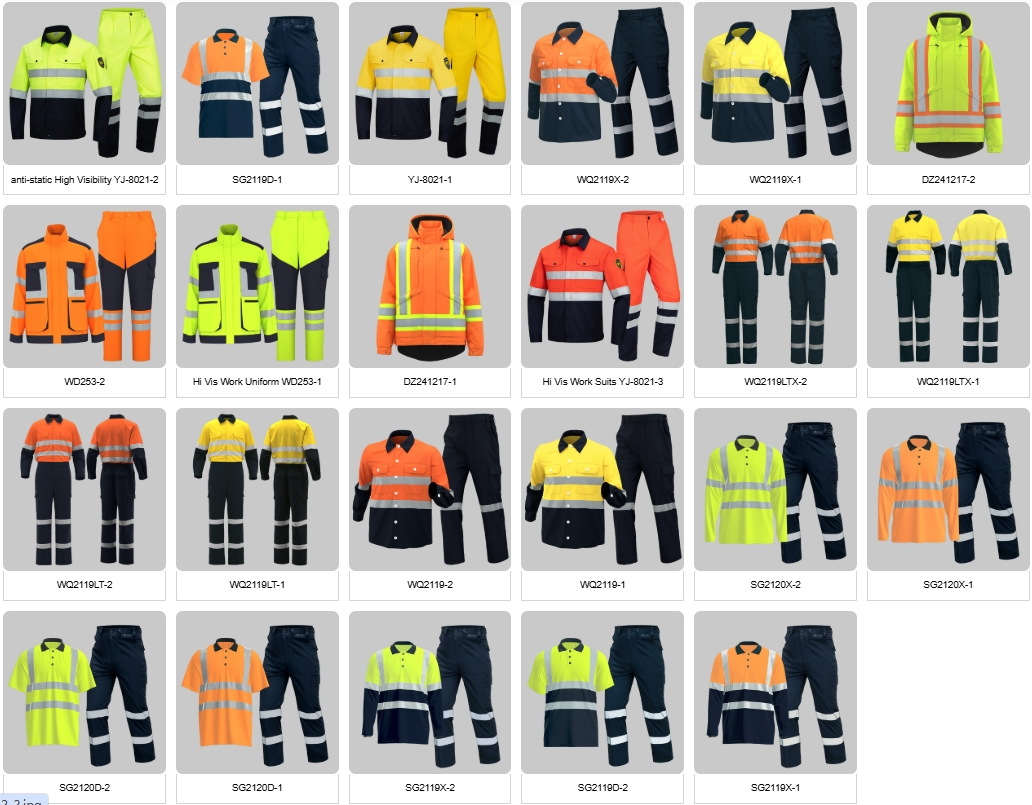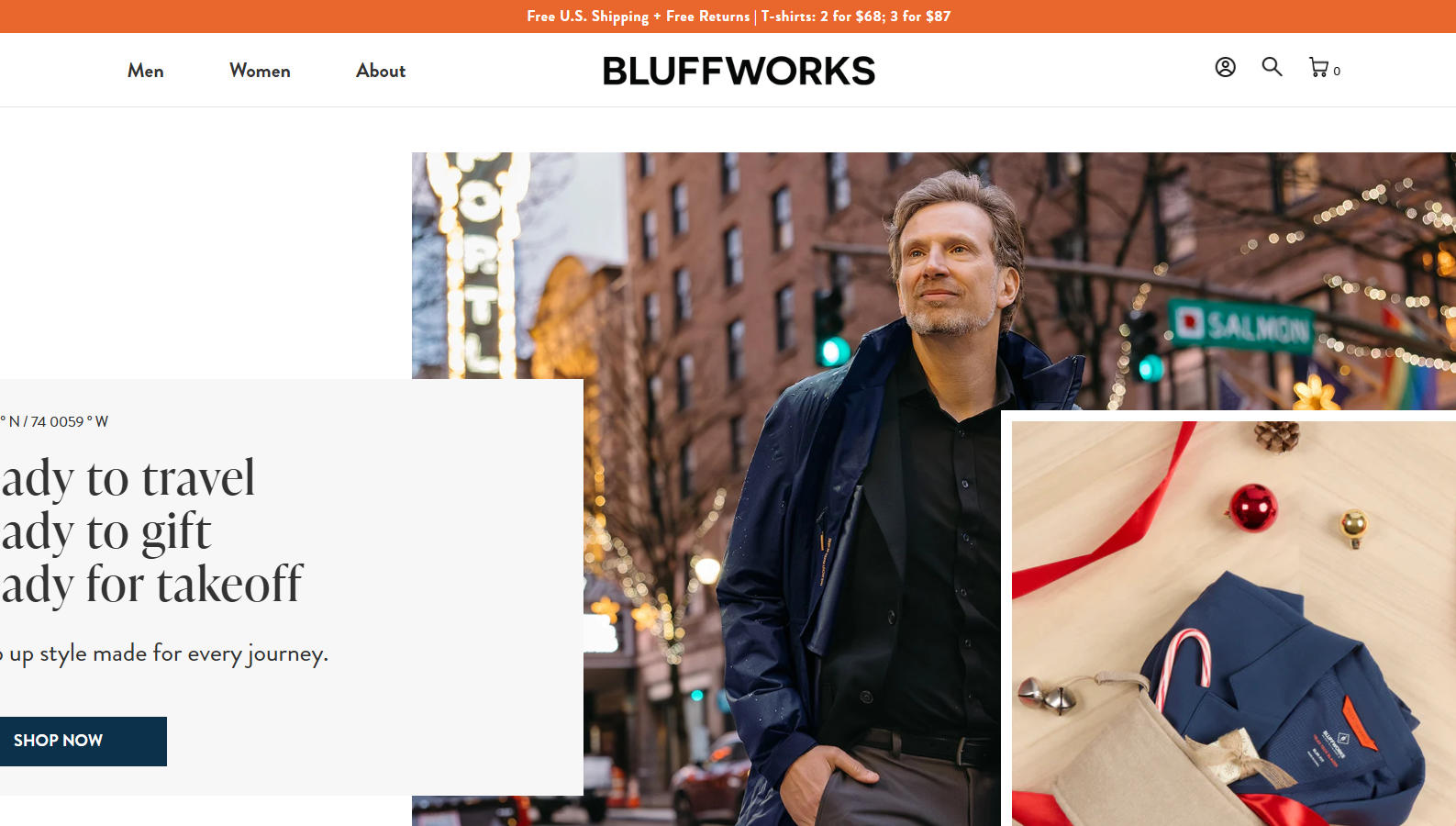The business model of a Kyrgyzstan company importing custom logo work uniforms from China is very similar to the Tajik example but with some key logistical and economic nuances specific to Kyrgyzstan.
Here is a detailed breakdown of the process, advantages, and challenges for a Kyrgyz company in this trade.
Overview: Why This Model is Popular for Kyrgyzstan
-
Cost Efficiency: Chinese manufacturing offers unbeatable prices for bulk orders, which is crucial for the price-sensitive Kyrgyz market.
-
Customization Capability: Chinese factories specialize in small-batch custom orders, perfect for adding company logos and specific designs.
-
Strategic Location: Kyrgyzstan’s proximity to China is a major advantage, reducing transit time and cost compared to sea routes for many other countries.
-
Free Trade Benefits: As a member of the EAEU (Eurasian Economic Union), Kyrgyzstan follows common customs regulations. More importantly, both Kyrgyzstan and China are part of the Belt and Road Initiative (BRI), which improves trade infrastructure and financing.
The Step-by-Step Import Process for a Kyrgyz Company
Phase 1: Sourcing and Preparation (in Kyrgyzstan)
-
Market Research & Client Acquisition: The company identifies local clients (banks, hotels, restaurants, construction firms) and defines their uniform needs (fabric, style, color, logo).
-
Supplier Sourcing: They find manufacturers primarily through:
-
B2B Platforms: Alibaba, 1688.com (using an agent), Made-in-China.com.
-
Trade Fairs: The Canton Fair, or specialized textile exhibitions in Urumqi (China), which is geographically very close.
-
Sourcing Agents: Hiring an agent in Yiwu or Guangzhou to manage factory communication and quality control.
-
Phase 2: Order Negotiation and Production
-
Request for Quotation (RFQ): The Kyrgyz company sends detailed specs to multiple Chinese suppliers to compare prices, MOQ (Minimum Order Quantity), and payment terms.
-
Sample Approval: This is a non-negotiable step. They order a prototype to check fabric quality, stitching, size/fit, and the logo application (embroidery or printing).
-
Contract Finalization: After sample approval, they finalize the order, agree on Incoterms (often EXW or FCA for land transport), and make a payment (typically 30-50% deposit).
Phase 3: Logistics and Customs Clearance (The Critical Part)
-
Production and Inspection: The factory produces the order. The Kyrgyz company should arrange a pre-shipment inspection.
-
Land Transport to Kyrgyzstan: This is the most common and direct route.
-
Primary Route: Goods are trucked from a Chinese manufacturing hub (like Guangzhou) to a major inland logistics center (like Urumqi), and then across the border through the Irkeshtam or Torugart passes into Kyrgyzstan.
-
Key Advantage: This is much faster than sea freight to a distant port and then overland. Transit time can be 1-3 weeks.
-
-
Customs Clearance in Kyrgyzstan:
-
The company must prepare a standard set of documents: Commercial Invoice, Packing List, Certificate of Origin, and Bill of Lading (for sea/air) or CMR Waybill (for road).
-
As an EAEU member, Kyrgyzstan uses the EAEU Customs Code. The company must ensure correct HS codes for textiles and comply with EAEU technical regulations.
-
Hiring a customs broker in Kyrgyzstan is highly recommended to navigate the process smoothly and calculate accurate import duties and VAT.
-
Key Advantages for a Kyrgyz Company
-
Geographic Proximity: Direct overland transport is a massive advantage, leading to shorter lead times and lower freight costs compared to many other countries.
-
Belt and Road Initiative (BRI): This Chinese initiative has led to significant investment in road and rail infrastructure connecting China to Central Asia, making cross-border trade more efficient.
-
Established Trade Corridors: The routes through the Irkeshtam and Torugart passes are well-established, with many logistics companies specializing in this corridor.
Challenges and Risk Mitigation
-
Language and Cultural Barrier: Clear communication of design details is critical. Using simple English, detailed tech packs with pictures, and working with a bilingual sourcing agent can prevent costly mistakes.
-
Logistical Hurdles at the Border: Cross-border trucking can face delays due to customs checks, paperwork issues, or seasonal weather conditions (snow closing mountain passes). Working with an experienced freight forwarder who handles the China-Kyrgyzstan route is essential.
-
Quality Control: The risk of receiving sub-par quality is the biggest threat.
-
Mitigation: Never skip the sample process. For large orders, hire a third-party inspection company to check the goods at the factory before shipment.
-
-
Supplier Reliability: Finding a trustworthy factory is challenging.
-
Mitigation: Check supplier credentials on B2B platforms, ask for references from other buyers, and start with a smaller trial order before committing to a large one.
-
-
Payment Security: Sending a large deposit to an unknown entity is risky.
-
Mitigation: Use secure payment methods like Trade Assurance on Alibaba or a Letter of Credit (L/C) for larger transactions.
-
Tips for Success
-
Focus on a Niche: Instead of being a general uniform supplier, specialize in a specific sector (e.g., high-quality corporate wear for banks or durable uniforms for the mining industry).
-
Build Strong Relationships: Develop a long-term partnership with 1-2 reliable Chinese factories. This leads to better pricing, priority production, and more willingness to handle smaller, custom orders.
-
Master the Logistics: Partner with a dependable Kyrgyz or Chinese logistics provider that has a strong track record on the China-Central Asia route.
-
Understand Local Demand: Source fabrics and designs suitable for the Kyrgyz climate (hot summers and cold winters) and local cultural preferences.
In conclusion, importing custom work uniforms from China is a viable and potentially lucrative business for a Kyrgyz company. By leveraging geographic advantages and carefully managing the risks of international sourcing and logistics, a company can build a strong position in the local B2B market.
For some insightful reads, we’ve curated a list of recommended articles just for you:
- How do I find a product manufacturer in China?
- How to find cheap manufacturers in China? A guide to avoid pitfalls
- How to complete your first purchase of workwear in China safely and efficiently
- Custom uniforms for Small business
- Choosing the Best Industrial Work Suit
- Ultimate Guide: Best Wholesale Work Clothes in China
- Cut & Sew Customization
- Logo Customize Clonthing Manufacturer
- Labour Uniform manufacturer
- Labor clothing uniform for sale
- Working clothes china wholesale
Can’t find what you’re looking for? Feel free to contact us. We’re here to help 24/7.
Useful links:





